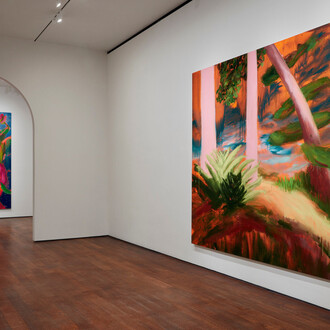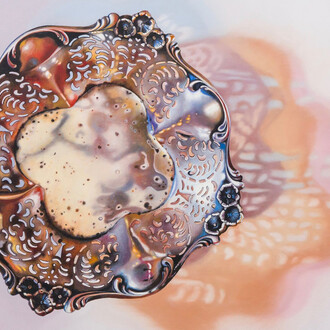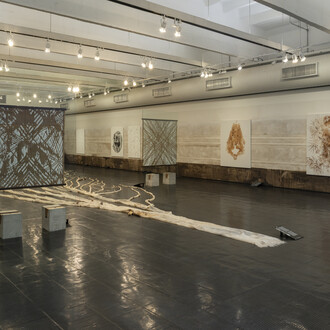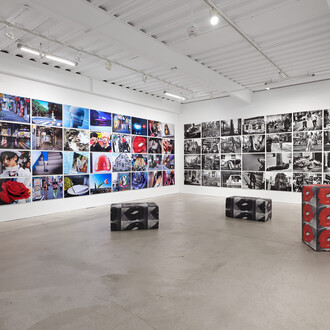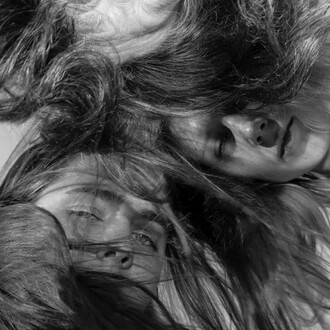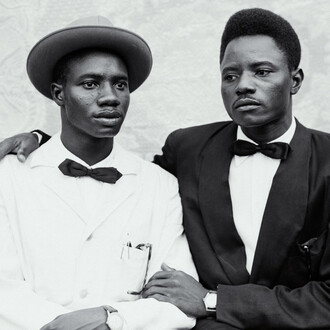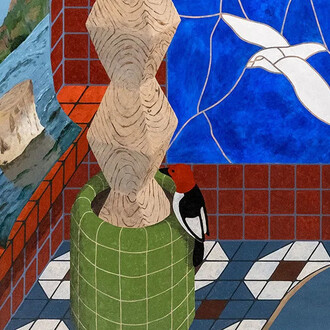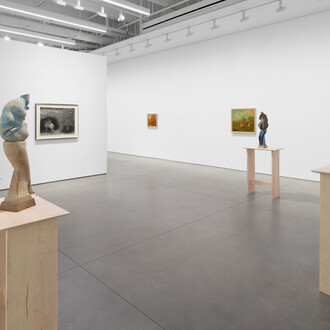Kachoga, literally means ‘pictures of birds and flowers’, it covers a wide range of natural motifs, including birds, fish, insects and small animals in combination with flowers, grasses or trees. The seasonal flowers and migratory birds are often depicted within four seasons and natural climates, long-living animals are often depicted to symbolize auspicious fortune and longevity.
Kachoga, bird and flower paintings were originally influenced by Karamono, imported artefacts and art from China during the Tang Dynasty (618-907). The Japanese seemed to enjoy the beauty of birds and flowers in the literary format, these were not seen in visual appearance until the 12th century.
The major influence of Chinese paintings in Japan was during the Muromachi period (15th-16th century), known as Kara-e. These paintings were imported by the wealthy Ashikaga clan, and admired by Zen monks and feudal lords to decorate alcoves in their sitting rooms. The prestigious paintings were mainly monochrome ink paintings (Suiboku-e), which were presented on scrolls.
From around that period, Japanese paintings of birds, flowers, animals and landscapes were renamed Kan-ga and had become prominent over the period of 400 years by the improvement of great artists with their style and commitment.
Birds and flowers on prints were one of the popular subjects and they were already seen in the beginning of Ukiyo-e period (the early 18th century). The early Kachoga prints were depicted with limited colours in a small format or monochrome in books with the elements of traditional Japanese paintings or pseudo Chinese influence. With the help of development of printing process and multiple applied colours through the 19th century, Kachoga prints became well established with a significant style by Ukiyo-e artists. The works such as Utamaro’s three picture books of insects, shells and birds describe his love of depicting nature. The other artists inspired by this theme were Hokusai and Hiroshige who gave their own distinctive characters to Kachoga prints.
The main wall of the gallery showcases six woodblock prints by Ohara, Koson (1877-1945). Koson was trained under his master, Suzuki Kason (1860-1919). Kason’s painting style engaged elements from the traditional Kano, Tosa and Maruyama-Shijo that influenced young Koson. Koson’s birds and animals in his enchanting world signify the artist’s astute gazing and capture their movement in time. His works are derived from the attentive interest of nature and the traditional wabi sabi. The sentient and elegiac in richness attract viewers.
Koson is one of the most highly regarded artists within the Kachoga genre. The exhibition also includes the prints by Ito, Sozan (1884 - /), Yamamoto, Shoun (1870-1965), Imao, Keinen (1845-1924) and Kono, Bairei (1844-1895).
Japanese Gallery
66 Kensington Church St
London W8 4BY United Kingdom
Ph. +44 (0)20 72292934
info@japanese-gallery.com
www.japanese-gallery.com
Opening hours
Monday - Saturday from 10am to 6pm
Sunday by appointment only
Closed on 25, 26 & 31 December







